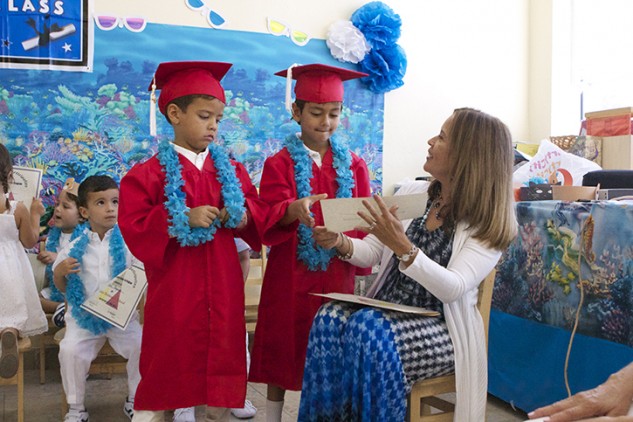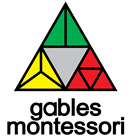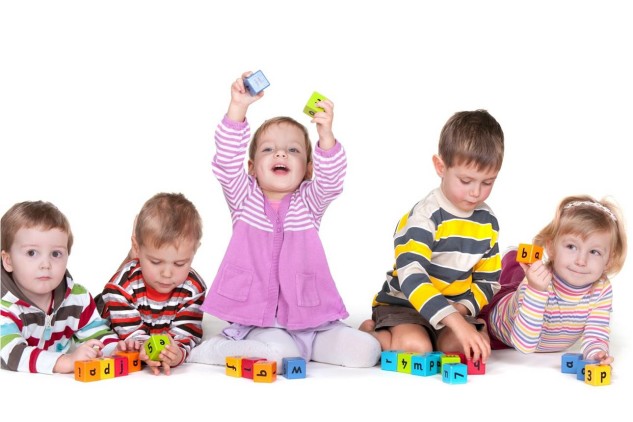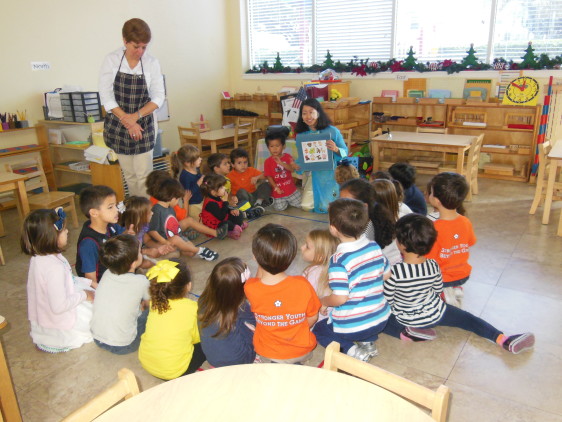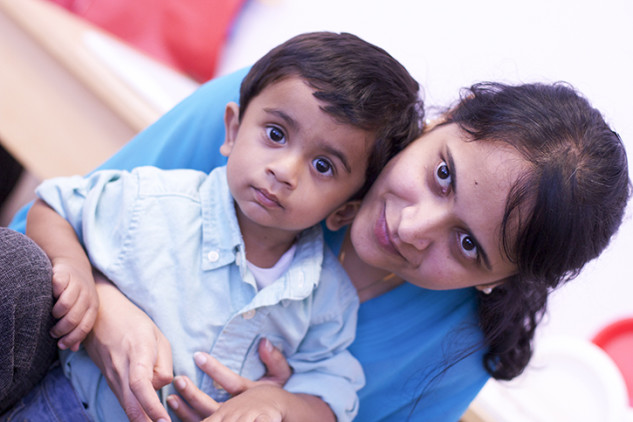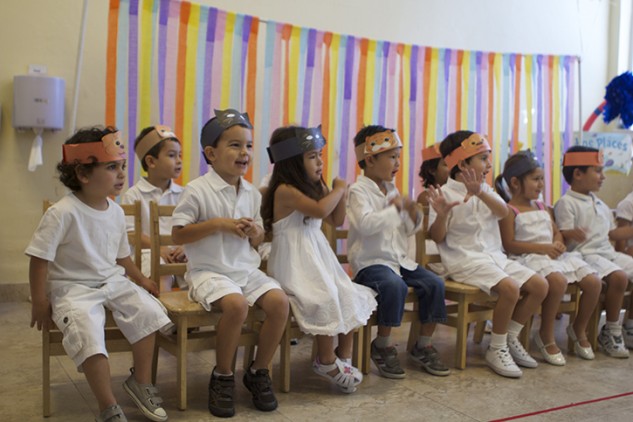In a Montessori classroom there is no front desk or any teacher as a focal point of attention, because the simulation for learning comes completely from the environment. Dr. Montessori always refers to teacher as “director” and the role differs considerably from of a traditional teacher. The director is, above all, a very keen observer of individual interests and needs of each child, and the work is constantly based on observations rather than a prepared curriculum. The director shows the correct use of materials the children choose. Carefully observes the progress of each child in the class and maintains the history of his work with the materials. The director is trained to recognize periods of preparation. Sometimes a child should divert the material chosen because it is beyond their capacity; on other occasions the director should encourage a child who does not dare. Whenever a child makes a mistake, the director lets him discover his own mistake through further manipulation of the material to create self-correction. This procedure follows the principle of Dr. Montessori ¨a child better learns through experience¨.
The role of the teacher
